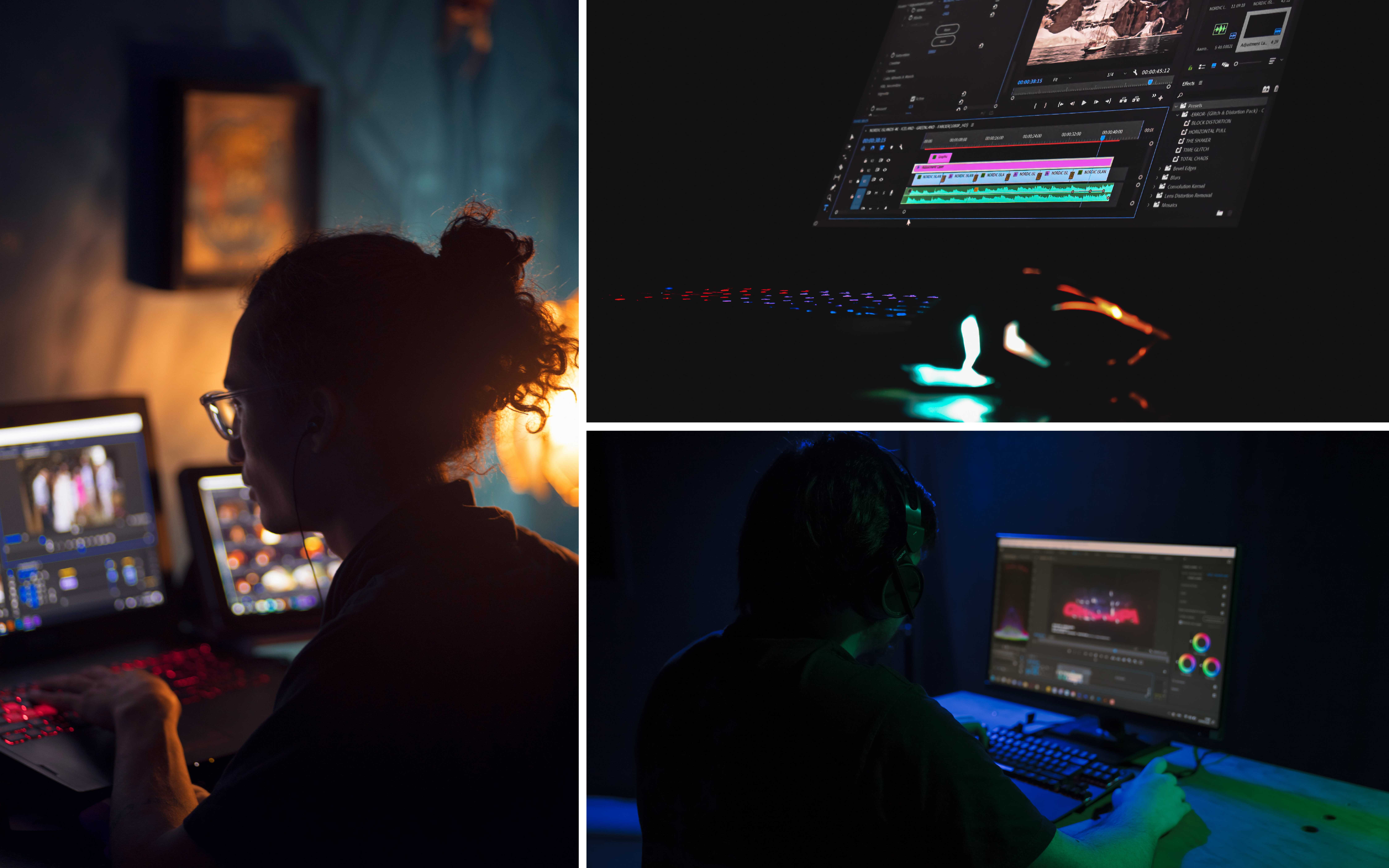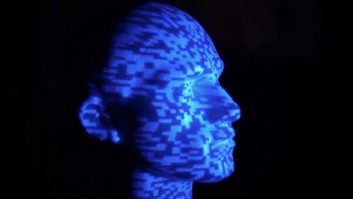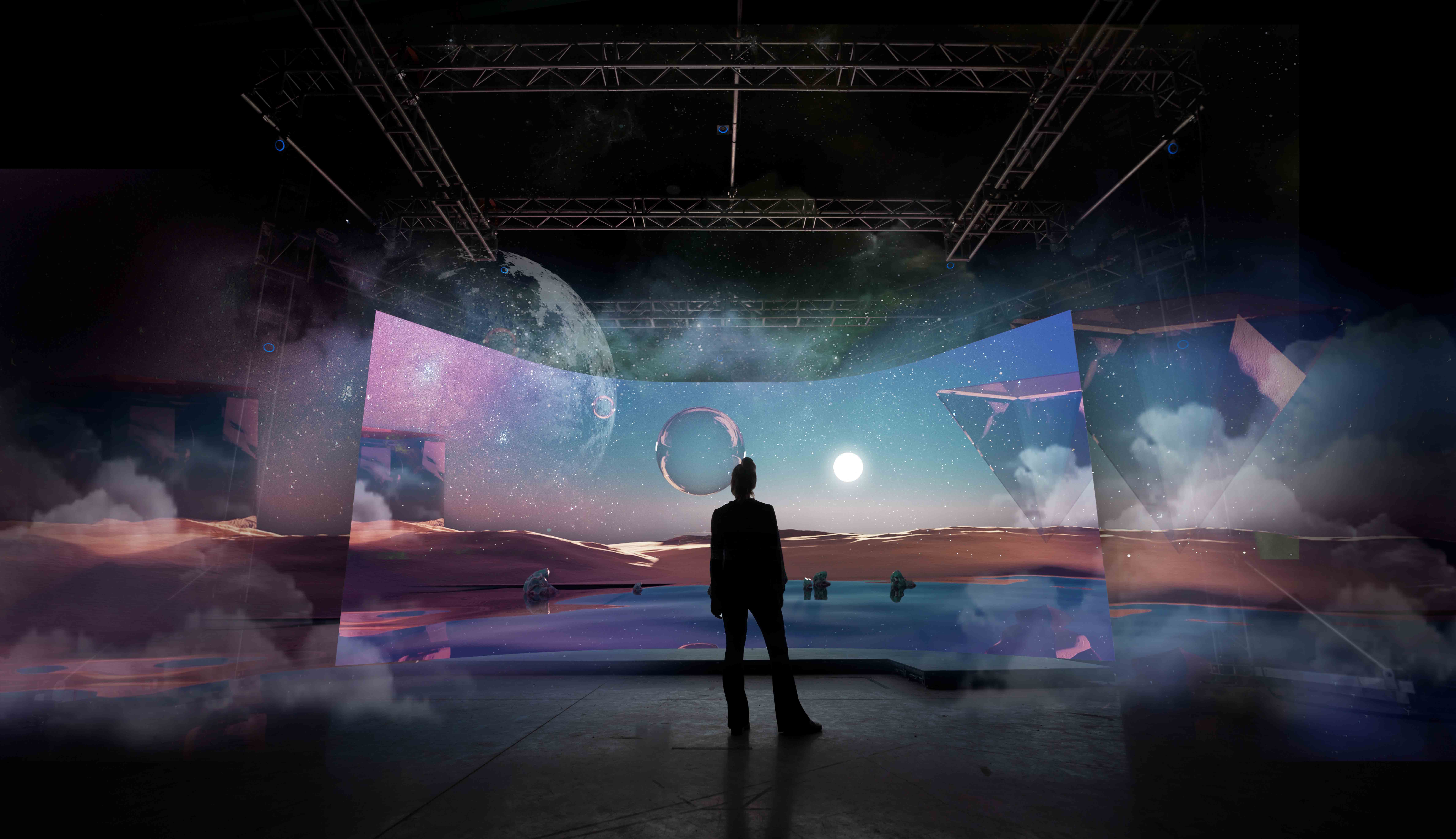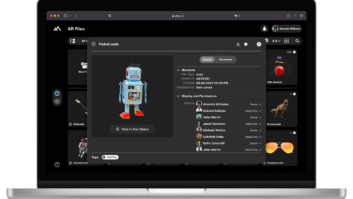
Miranda Technologies has introduced multiple new stereoscopic 3D products to simplify the launch of 3DTV channels. New products include the Densite 3DX-3901 signal processor, the Imagestore 750 channel branding processor, and the Kaleido family of multiviewers.
“The stars seem to be aligning for 3DTV right now, and we re seeing a lot of interest from broadcasters in many parts of the world.” says Michel Proulx, Chief Technology Officer at Miranda.
“At the heart of all the early 3DTV launches is a simple technique, called Frame Compatible mode, which combines the left and right streams of a stereoscopic programme into one HD raster,” added Proulx. “This scheme really simplifies things, and makes it possible for broadcasters, cable, satellite and IPTV operators to launch 3D channels with minimal changes to their infrastructure.”
All of Miranda s new 3DTV products are designed to fit the new hybrid HD / 3DTV infrastructure model.
The Densite 3DX-3901 signal processor offers high quality conversion of multiple 3D formats, including Dual 1.5Gbps, Single 1.5Gbps, Dual 3Gbps and Single 3Gbps, with side-by-side encoding and Sensio side-by-side encoding. Monitoring functions include Anaglyph, Difference-Disparity, and Left or Right eye display.
The 3DX-3901 processor card has a single 3Gbps/HD input and dual 3Gbps/HD outputs; this allows previewing of 3D conversion effects, as well as 3D/2D simulcasting. The processor also offers horizontal and vertical flip, and interaxial adjustment to correct any Stereoscopic 3D camera misalignment due to the camera beam splitter rig.
The signal processor also has a Proc Amp to adjust the mirrored eye to compensate for loss, or change of color level, compared to the paired eye. A Horizontal Image Translation feature offers adjustment to depth positioning, and can even simulate a 3D landscape from a 2D scene.
The new Stereoscopic 3D option for the Imagestore 750 channel branding processor provides four Stereoscopic 3D branding layers with Single 1.5Gbps signals, and two Stereoscopic 3D branding layers with Dual 1.5Gbps, using internally stored 3D graphics or single/dual fill and key inputs.
Imagestore 750 offers a variable Z-plane for graphics depth control to optimize viewing, and this function can be controlled by automation or manually. The 3DTV branding graphics integrate fully with Miranda s Vertigo Suite graphics automation and asset management.
All Kaleido multi-viewers, including the Kaleido-X (96×8), Kaleido-X16 (16×2) and the entry level Kaleido-Modular (8×2), can provide monitoring of Stereoscopic 3D signals, with support for Dual 1.5Gbps and Single 3Gbps signals. By using high performance Stereoscopic 3D monitoring during production, an operator can fully assess the video quality, and compare perspectives, before switching between two Stereoscopic 3D cameras.
The control and layout characteristics of the Kaleido multi-viewers with Stereoscopic 3D signals are the same as with 2D video. Both 3D and 2D signals can be displayed simultaneously for maximum monitoring flexibility.






